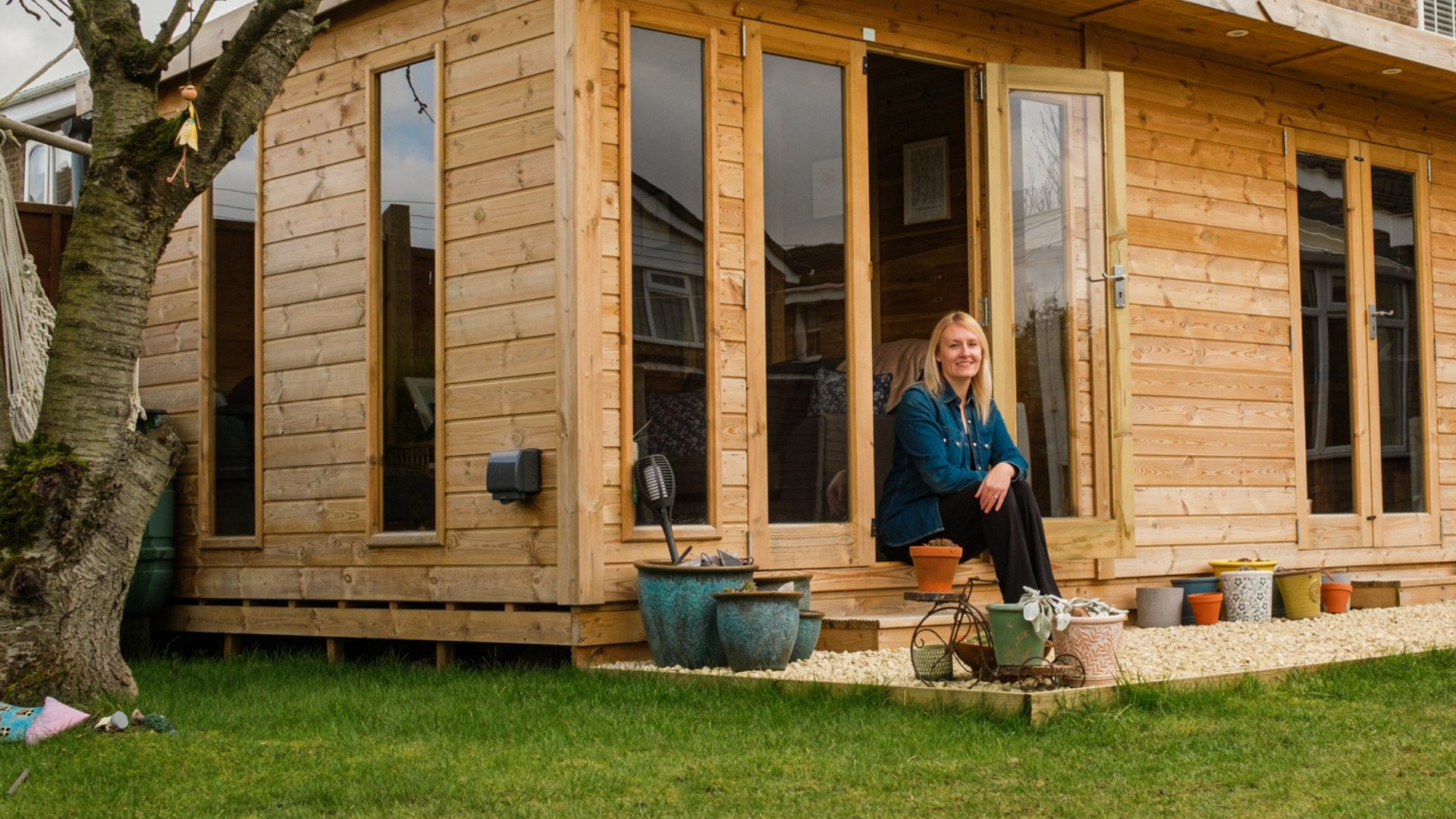Think about those moments when you truly feel at ease, completely better homes yourself. Often, these moments unfold within the walls we call home. But what if our homes could actively contribute to this sense of well-being, going beyond mere shelter to become genuine sanctuaries? It’s not just about the square footage or the fancy gadgets; it’s about creating an environment that nourishes our physical, emotional, and mental health. This involves a thoughtful approach to design, materials, and even the way we interact with our living spaces.
Breathing Easy: The Importance of Air Quality and Natural Light
Imagine a home filled with fresh, clean air, sunlight streaming through the windows, connecting you to the rhythm of the day. This isn’t a luxury; it’s a fundamental aspect of a healthier living environment. Poor indoor air quality, often laden with pollutants from cleaning products, synthetic materials, and inadequate ventilation, can negatively impact our respiratory health, sleep quality, and even cognitive function. Prioritizing natural ventilation, choosing low-VOC (volatile organic compound) materials, and incorporating air-purifying plants can make a significant difference. Similarly, maximizing natural light not only reduces the need for artificial lighting, saving energy, but also boosts our mood and regulates our circadian rhythms, leading to better sleep and overall well-being.
The Symphony of Sound: Creating Acoustic Comfort
Have you ever been in a space where the noise just grates on your nerves? Whether it’s the constant hum of traffic, echoing footsteps, or the neighbor’s loud music, unwanted noise can be a significant source of stress and can disrupt concentration and sleep. Designing for acoustic comfort involves considering factors like sound-absorbing materials (think rugs, curtains, and even strategically placed furniture), proper insulation, and thoughtful layout to minimize noise transmission between rooms. Creating quiet zones within the home where you can retreat and find tranquility is also crucial for mental well-being.
Nature Indoors: The Biophilic Connection
There’s something inherently calming about being surrounded by nature. Biophilic design recognizes this innate human connection to the natural world and seeks to integrate natural elements into our living spaces. This can range from incorporating indoor plants and natural materials like wood and stone to maximizing views of the outdoors and even mimicking natural patterns and textures in our decor. Studies have shown that incorporating biophilic elements can reduce stress, improve focus, and enhance overall mood. Bringing the outdoors in can truly transform a house into a more restorative home.
Spaces That Support and Adapt: Universal Design Principles
Our needs evolve throughout our lives. A home designed with universal design principles in mind is one that is accessible and usable by people of all ages and abilities, regardless of their physical condition. This includes features like wider doorways and hallways, grab bars in bathrooms, lever-style door handles, and single-level living where possible. Thinking about these aspects proactively not only makes the home more comfortable and convenient for everyone now but also ensures its long-term usability and adaptability as our needs change.
The Mindful Home: Intentionality and Decluttering
Beyond the physical aspects of our homes, the way we interact with our spaces significantly impacts our well-being. A cluttered and disorganized environment can contribute to feelings of stress and overwhelm. Cultivating a sense of intentionality about what we bring into our homes and practicing regular decluttering can create a more peaceful and calming atmosphere. This isn’t about achieving sterile minimalism; it’s about creating a space where everything has its place and serves a purpose, allowing us to feel more in control and at ease.
Connecting with Community: Extending the Notion of Home
While our physical dwelling is central, the concept of “home” can also extend to our connection with our community. Feeling a sense of belonging and having access to green spaces, social connections, and local amenities contributes significantly to our overall well-being. Choosing a location that fosters these connections and actively engaging with our neighborhood can enrich our lives and make our house feel even more like home. It’s about creating a sense of place that supports not just our individual needs but also our social and communal well-being.
The Ever-Evolving Sanctuary: A Continuous Journey
Creating a better homes is not a one-time project; it’s an ongoing process of observation, adaptation, and intentionality. As our lives change, so too will our needs and the way we interact with our living spaces. By remaining mindful of how our homes impact our well-being and being open to making adjustments, we can cultivate environments that continuously support and nurture us, providing a true sanctuary in the everyday.

